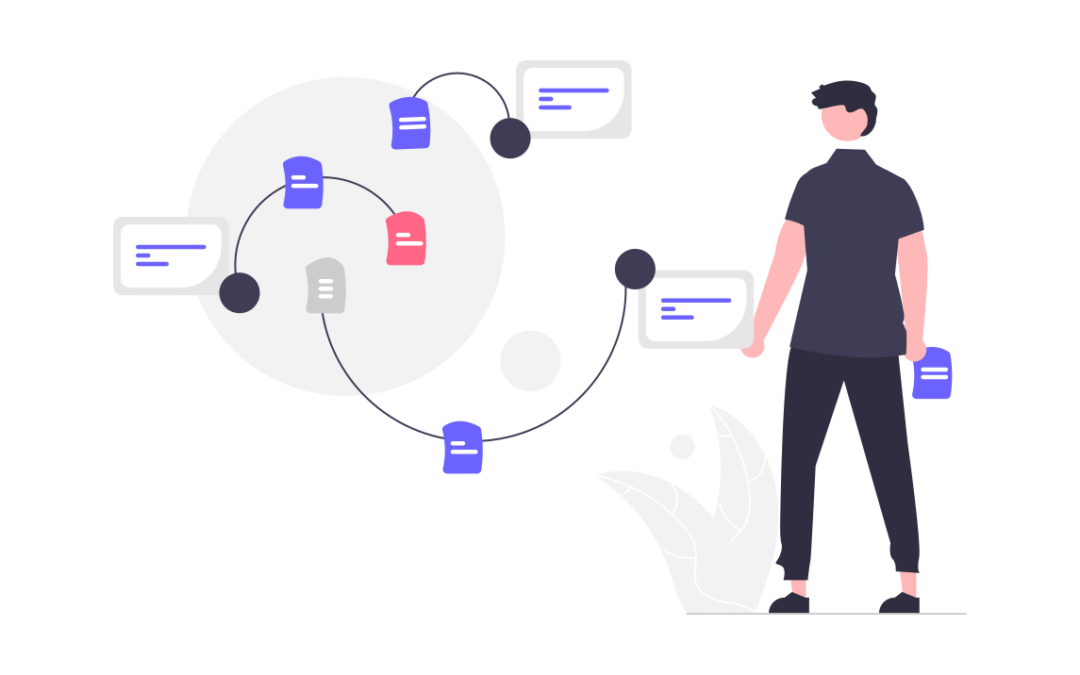In the ever-evolving world of eLearning, ensuring inclusivity is paramount. Accessibility in online education is not just a requirement; it’s a moral imperative. Moodle, a versatile Learning Management System (LMS), offers a range of tools and features to help educators create inclusive eLearning experiences for all. In this blog, we’ll explore the importance of accessibility in eLearning and how Moodle can be a catalyst for inclusivity.
The Importance of Accessibility
Accessibility means making digital content and technology usable for everyone, including individuals with disabilities. In eLearning, accessibility is vital for several reasons:
Equal Opportunity: Accessible eLearning ensures that all students, regardless of their abilities, have equal access to educational content.
Legal Compliance: Many countries have laws and regulations that require educational institutions to provide accessible content to students with disabilities.
Diverse Learner Needs: Learners have diverse needs, including those with visual, hearing, motor, or cognitive impairments. Accessibility accommodates these needs.
Improved Learning Outcomes: When content is accessible, it benefits all learners by offering multiple ways to engage with the material.
Moodle’s Accessibility Features
Moodle is committed to inclusivity and provides a range of features and tools to create accessible eLearning experiences:
Responsive Design: Moodle’s responsive design ensures that courses can be accessed and navigated on various devices, including screen readers.
Content Compatibility: Moodle supports accessible formats for content, such as HTML, which works well with screen readers.
Alternative Text for Images: Educators can add alternative text to images, making visual content accessible to learners with visual impairments.
Closed Captions: For videos, Moodle allows the inclusion of closed captions, benefiting learners with hearing impairments.
Keyboard Navigation: Moodle can be navigated entirely using a keyboard, ensuring that learners with motor impairments can interact with the platform.
Accessibility Checker: Moodle includes an accessibility checker tool that helps educators identify and address accessibility issues in their courses.
Customizable Styles: Educators can customize the visual styles of their courses to improve readability and accommodate learners with visual impairments.
User Preferences: Moodle allows learners to adjust their preferences, such as font size and color schemes, to enhance readability.
Creating an Accessible eLearning Environment
To ensure inclusivity with Moodle, educators can follow these best practices:
Provide Descriptive Text: Use meaningful headings, alt text for images, and clear hyperlink text.
Structured Content: Organize content with headings, lists, and tables to enhance readability and navigation.
Transcripts and Captions: Include transcripts for audio content and closed captions for videos.
Accessible Documents: Ensure that PDFs and other documents shared within Moodle are also accessible.
Use Simple Language: Keep language clear and concise to aid comprehension.
Regular Updates: Regularly review and update courses to maintain accessibility standards.
Testing: Test courses with assistive technologies, such as screen readers, to identify and fix accessibility issues.
Fostering Inclusivity
Inclusivity is a fundamental principle of education, and Moodle’s commitment to accessibility ensures that eLearning is within reach of all learners. By implementing best practices and leveraging Moodle’s features, educators can create eLearning environments that are not only compliant with accessibility standards but also enriching and empowering for all students. Accessibility in eLearning is not a challenge; it’s an opportunity to foster inclusivity and support diverse learners on their educational journeys.


Recent Comments